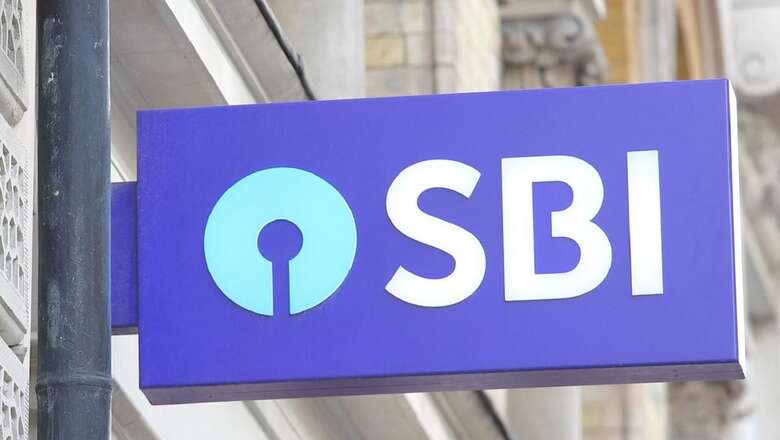
views
SBI EBLR Hike: India’s largest public sector bank State Bank of India, or SBI, has announced that it has increased its external benchmark lending rate (EBLR) on home loans by 40 basis points to 7.05 per cent and the Repo-Linked Lending Rate (RLLR) would in turn be revised to 6.65 per cent plus CRP. As per the official website of the SBI, the new rates will come into effect from June 1, that is next week. The SBI’s EBLR hike comes close in heels with the Reserve Bank of India’s decision to hike repo rates by 40 basis points in an off cycle monetary policy committee meet in the beginning of this month.
New SBI Rate Hikes, According to the Lender’s Website
EBR (with effect from June 1) is 7.05 per cent; EBLR = 7.05 per cent + CRP
RLLR (with effect from June 1) would be 6.65 per cent + CRP.
Earlier, SBI had an EBLR rate of 6.65 per cent, while the RLLR was 6.25 per cent.
As per SBI, “External Benchmark based Lending Rate (EBLR) = External Benchmark Rate (EBR) + Credit Risk Premium (CRP)”. It is customary for banks to add a Credit Risk Premium (CRP) over the EBLR and RLLR while providing any loans to borrowers, including home loans and car loans.
What is External Benchmark Lending Rate or EBLR?
As per the SBI website, “EBLR stands for External Benchmark Lending Rate. SBI has adopted Repo Rate as the external benchmark to link its floating rate home loans with effect from 01.10.2019.” The EBLR rate fluctuates with the Reserve Bank’s benchmark interest rate, and remains unchanged outside of it.
EBLR is a new interest rate model, whereby floating rate home loans will have interest rates linked to External Benchmark. On the other hand, the Repo Linked Loan Rate (RLLR) is based on and related to the RBI’s repo rate, which is adjusted on a regular basis. The RLLR is adjusted once the repo rate is hiked or lowered. This varies from bank to bank.
Can Existing Borrowers Avail the Benefits of the New Interest Rate?
“Yes, floating rate home loan borrowers with regular account conduct as on the date of switch over, can be migrated to the new interest rate structure,” says the SBI website.
The SBI website says that one time switch over fee for migrating to the new interest rates is Rs 1000. On top of this, relevant taxes are applicable.
SBI MCLR Rate Hike
The State Bank of India had earlier this month also increased its marginal cost of lending rate (MCLR) by 10 basis points across tenures. The new rates came into effect from may 15, Sunday. This is the second rate hike by the public lender in last one month. MCLR is the minimum rate of interest banks are allowed to give out loans to its customers.
Read all the Latest Business News here



















Comments
0 comment